The most important, possibly life-preserving rule, is simply this: what the cars around you are doing is more important than the lights, lines and signs on the road—by a huge degree.
Whether that’s lane-weaving cars in the city or red-light-runners in the country who think nobody’s looking, the road signs are good, but awareness of your surroundings is better.
Before Driving In Korea
If you plan to drive in the city, ask yourself first, “Do I actually need to drive?” Between traffic, parking scarcity and prices, and Korean cities’ ever-improving public transit systems, often a subway or bus is easier, less stressful, and even faster.
If your destination is close to a busy city center, or it’s rush hour, public transit might be a better choice. If your destination is farther from the city center than you are, driving becomes a viable option.
Until all the world’s idiot drivers have stickers on their cars, you should drive defensively around the far right lanes. Buses, taxis, delivery bikes and trucks, cart-pulling seniors and a full complement of wet and dry goods vendors either dodge in and out of this lane—or even set up shop. Cars with tinted windows, especially imports, deserve an extra eyeball, too: they drive with a greater sense of entitlement than other drivers, and are most likely to cut you off, or block you from changing lanes.
Meanwhile, bikers come out of nowhere and ignore any rule of the road that won’t help them deliver their pizza: use your mirrors a lot to stay aware of all four corners of your car.
Taxi and bus drivers might be aggressive, but they’re also usually very experienced, for what it’s worth.
Bright Side Of Driving In Korea
So, after harping on all the things that can go wrong on the roads in Korea’s cities, what are the good points? Two things always impress me about Korea’s city drivers: one, they generally know the dimensions of their cars extremely well. Out of necessity, of course, many can fit big cars in tiny, tiny spaces.
Also, because many rules of the road are mostly taken as suggestions, in the city and the countryside alike, most drivers are ready for an unpredictable or foolish maneuver from another driver at any time. This means that when something unexpected does happen, they adjust. To do well as a driver here, I recommend you try to do the same.
License For Driving In Korea
The Seoul Global Center can help you exchange a valid driver’s license from another country for a Korean license. It’s quick and easy: I had mine in hand in about 90 minutes.
Your current driver’s license must be full and valid!
Documents
• Home country driver’s license (full and valid, not temporary or probationary)
• Korean alien registration card
• Passport
• A certificate from your embassy verifying your license’s validity (contact your embassy for more details)
• Three color passport-sized photos
Procedure
• Fill out an application and pay for printing your license (₩6,000).
• Get a simple check at a nearby medical clinic (₩5,000).
• Citizens of some countries (USA, Australia, New Zealand, China, and others) must write a 20-question multiple choice exam (₩6,000), while other countries (Canada, Ireland, United Kingdom, many EU countries) are exempt.
• Your original license goes in storage at the center. To get it back, bring ID and an airplane ticket out of the country to the center.
Car Rental For Driving In Korea
- Rental cars – Rentalcars.com is part of Bookings Holding and the world’s largest online car rental service. They make eight million bookings a year (and counting) in over 60,000 locations across 160 countries. Rentalcars.com offers 24/7 customer service and their website is available in 43 languages.
You can reserve your car easily here:
2. Klook – Klook.com is another great option when you’re driving in Korea. Thanks to the convenient app, travelers can access the most popular attractions and hidden gems at their fingertips.

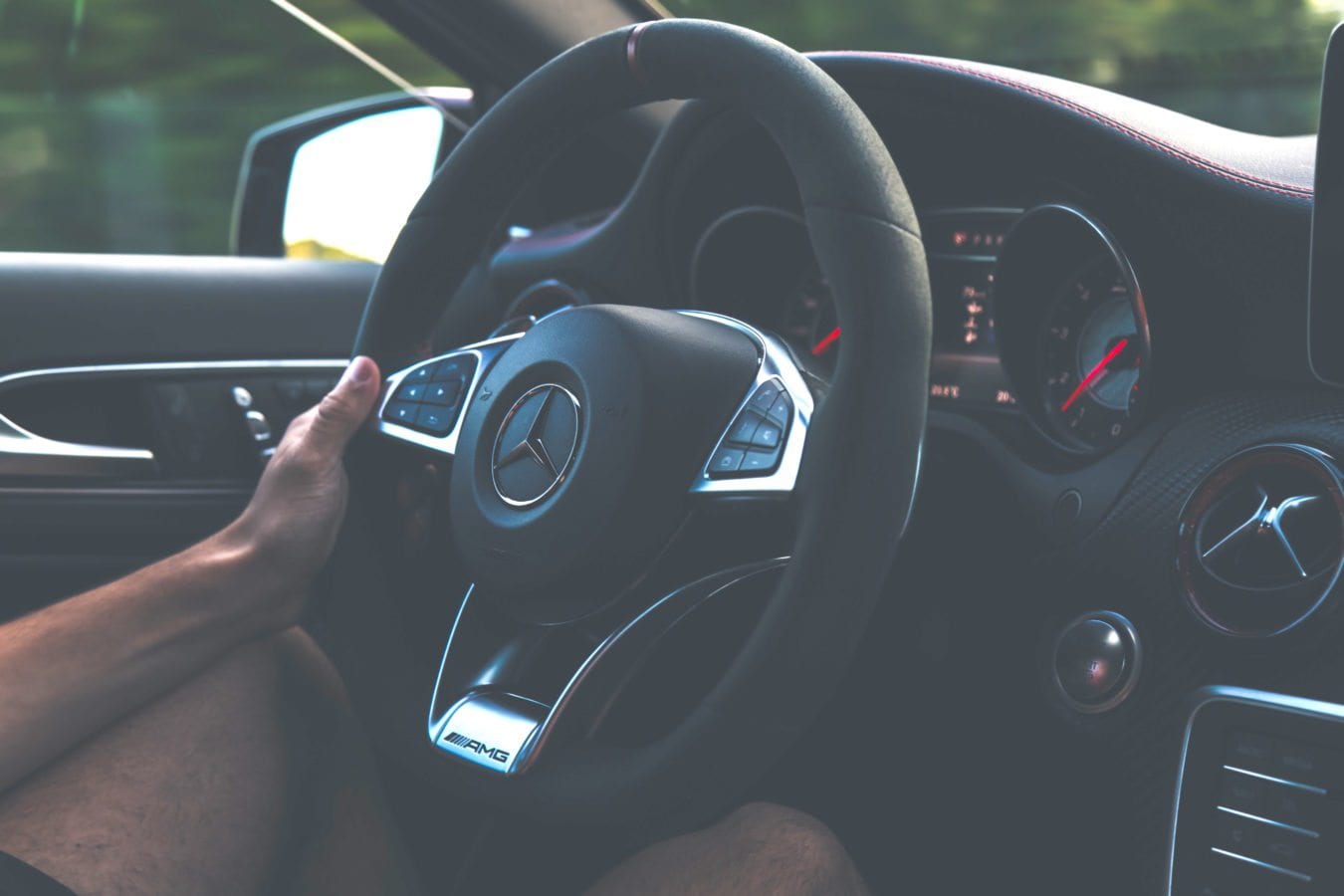

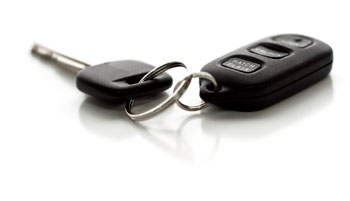

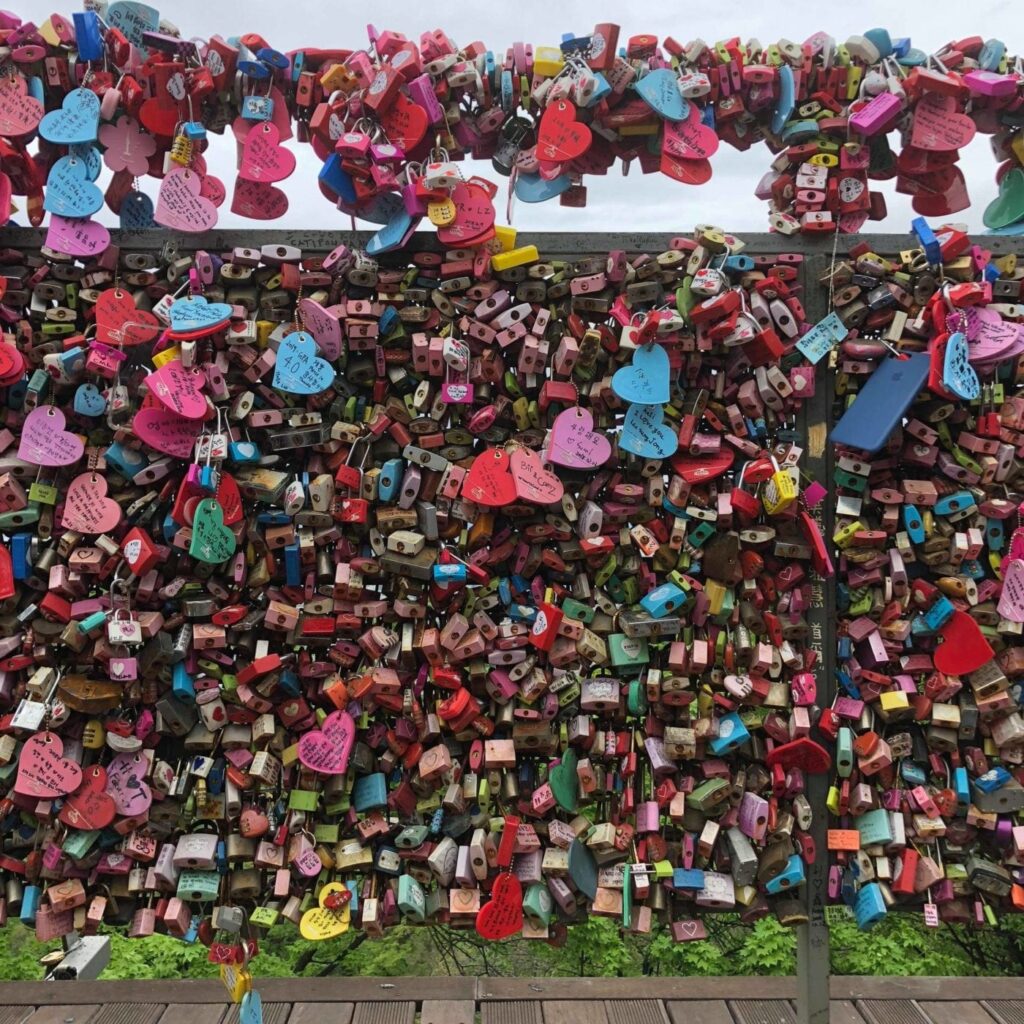

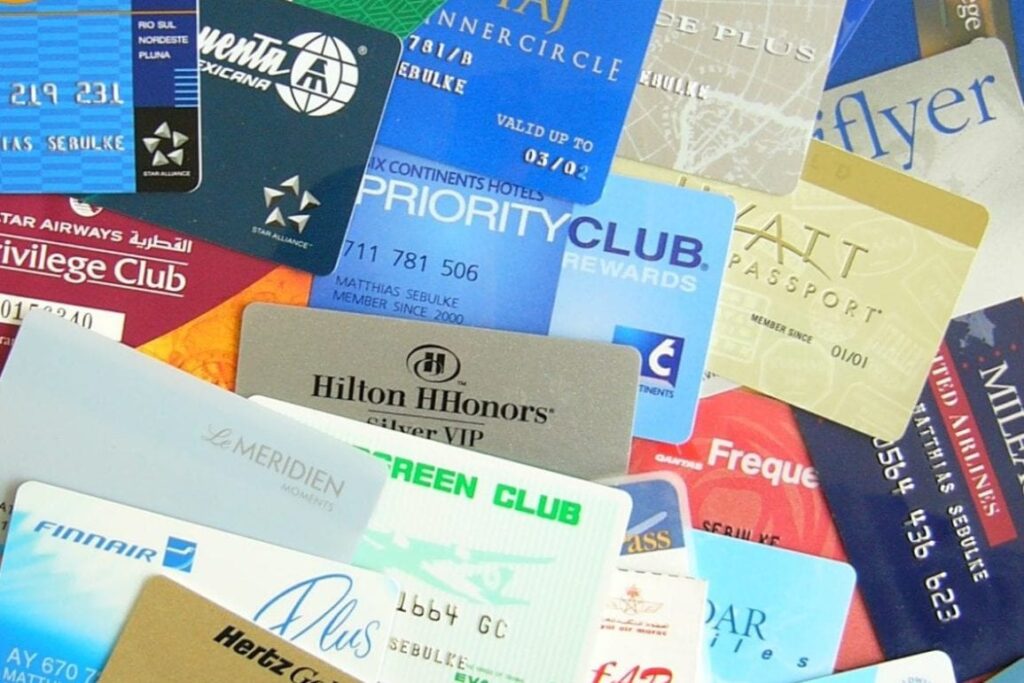
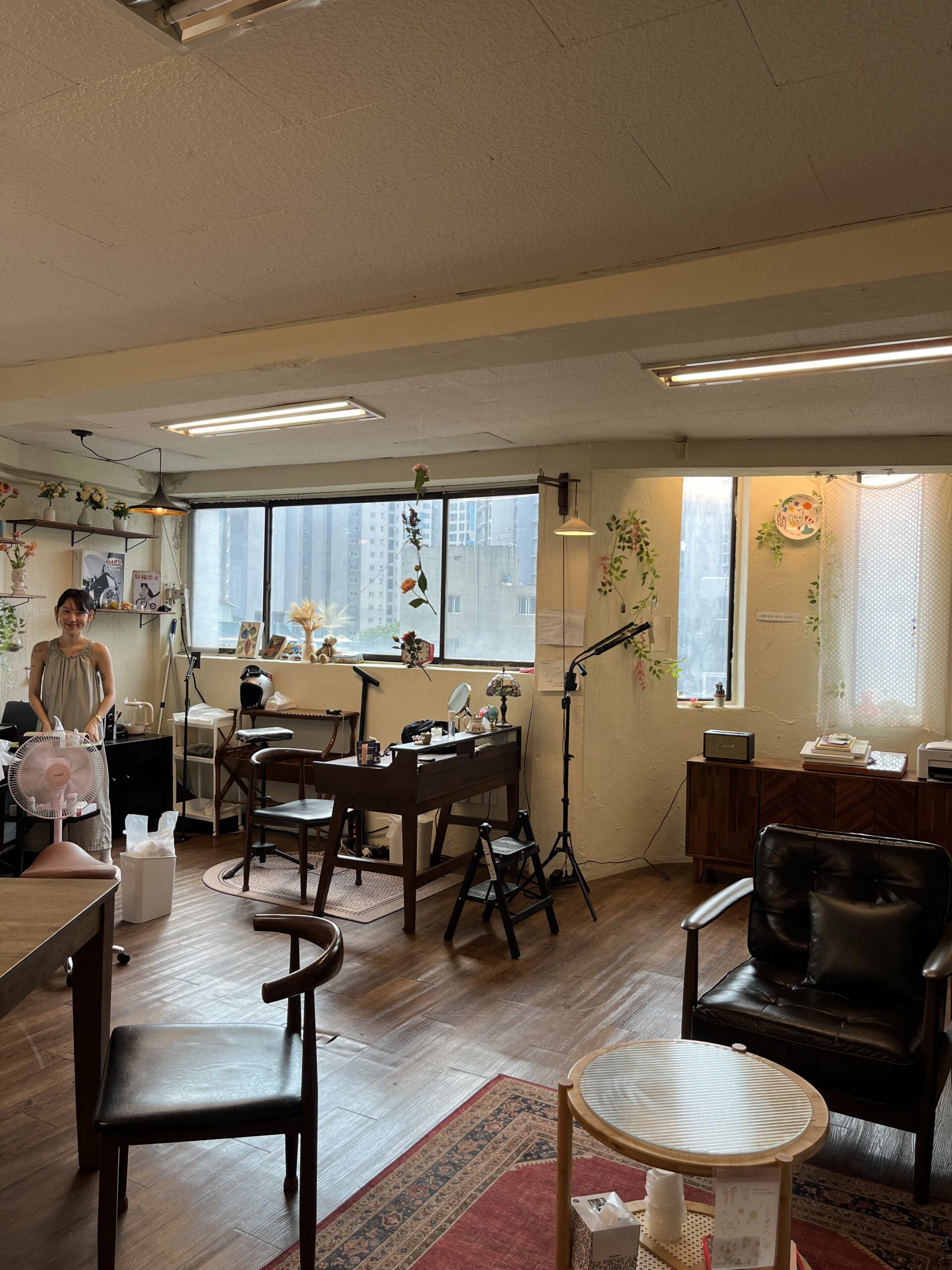


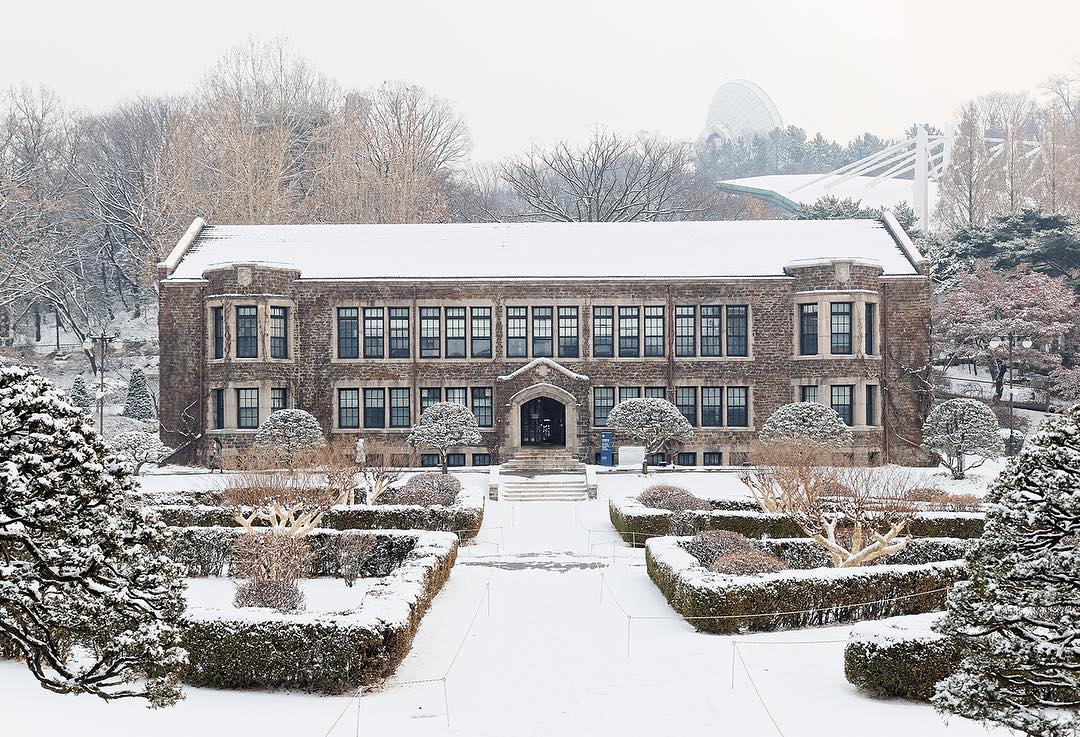
1 comment
Poacher
Hi,
Good article with a nice balanced view. I would just like to add my note from personal experience.
A few years back, I was involved in a motorbike accident here in Korea. I was fine (because I was wearing full protective gear) but the other guy (a delivery guy with zero protection and a metal food box between his legs) was seriously cut up. Fortunately for him, because he was lying in the road bleeding to death, the accident took place right outside a hospital from which two stretcher bearers ran from and picked him up and took him away. I learned a few matters from this event:
1. If you are going to drive a motorbike in Korea, wear protection at all times.
2. Get insurance. It only costs about 150,000 a year; but, if you do have an accident, you will be protected against jail and huge medical bills.
3. If you are in an accident, whether it be in a car or on a motorbike, do not move your vehicle until you are told to by the police. And try to take photos. This will provide you with proof that you were not at fault.
I learned that although the roads of Korea can appear a tad lawless when you do have a accident and the police become involved if you do not have insurance, you could end up having to leave the country or pay out a huge amount of money.